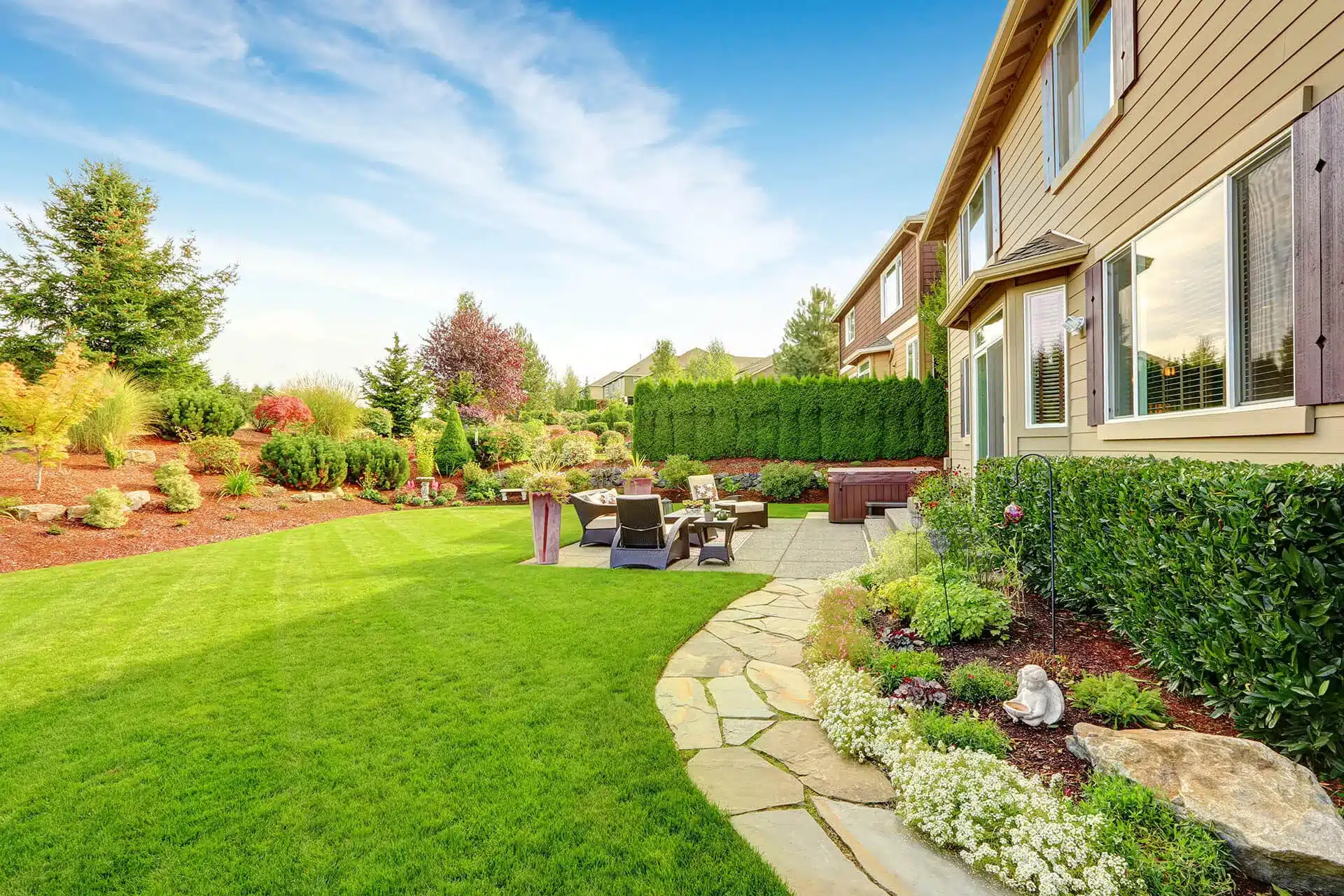Table of Contents:
- Creating Harmony Between Built and Natural Elements
- Key Features That Foster Seamless Transitions
- Design Inspirations from Nature
- Smart Material Selection
- Considering Climate, Maintenance, and Functionality
- Illuminating and Decorating for Cohesion
- Budget-Friendly Ways to Integrate with the Environment
Creating Harmony Between Built and Natural Elements
Outdoor living spaces offer an ideal opportunity to strengthen the connection between your home and its surrounding environment. Thoughtful design choices can result in patios, decks, and gardens that feel like natural landscape extensions. By planning layouts that reflect the forms, colors, and textures of your yard’s existing features, you create a harmonious indoor and outdoor flow. Many homeowners benefit from the expertise of hardscaping contractors, who can integrate stone, masonry, and landscaping elements for a cohesive result. Their knowledge can help align built features with the land’s contours, ensuring each element feels intentional and inviting.
Key Features That Foster Seamless Transitions
Smooth transitions between outdoor living areas and the landscape are achieved through strategic choice of features. Gentle terraces, curved walkways, or dry creek beds can naturally connect a patio to a garden or wooded area. Raised beds or stone walls help define spaces while blending in visually if constructed with local materials. Multi-level decks that follow natural slopes or fire pits nestled in rock outcroppings help the built environment become a part of the yard’s geography. Including native trees or shrubs near seating zones brings in color, texture, and wildlife, further strengthening this connection.
Design Inspirations from Nature
Taking design cues from nature is a time-tested approach to creating relaxing, well-integrated spaces. Earthy tones, organic shapes, and materials inspired by the nearby landscape help your outdoor living area fit elegantly. Mimicking the rhythm and flow of natural forms—like gentle curves in flowerbeds or meandering stone pathways—can soften hard edges and draw the eye toward gardens, lawns, or views beyond. According to a recent trends report, people increasingly gravitate toward landscape-inspired design, making spaces look like they’ve always belonged.
Smart Material Selection
Materials play a major role in blending outdoor living areas with the landscape. Choosing stone, brick, or wood that reflects the local geology or matches existing garden elements fosters visual unity. Natural materials weather gracefully over time and tend to fit seamlessly with plant life and other natural features. Composite decking in muted hues and eco-friendly patio pavers made from recycled materials are popular for their durability and subtle appearance, as outlined by leading design resources. Select textures and finishes that echo what already exists on your property for the most seamless look.
Considering Climate, Maintenance, and Functionality
Outdoor projects should always acknowledge climate for lasting results and minimal upkeep. In regions with harsh winters or heavy rain, opt for stones or pavers that withstand freeze-thaw cycles, and choose woods or composites with solid weather ratings. Selecting drought-tolerant or native plants reduces the need for watering and integrates your space with the local ecology. In high-traffic areas, prioritize sturdy materials that require less cleaning and resist wear. Maintenance-friendly designs ensure outdoor spaces remain attractive and usable for years with minimal effort.
Illuminating and Decorating for Cohesion
Lighting can extend the use of your outdoor space and highlight its natural integration. Use warm, subtle fixtures—like lanterns; low-voltage LED path lights, or solar spotlights—to accentuate natural materials and gently illuminate pathways, water features, or specimen trees. Rugs, scatter cushions, and throw blankets in earthy colors foster comfort while reinforcing the landscape-inspired palette. Well-placed planters using materials similar to stone walls or patios further bridge the gap between man-made and natural.
Budget-Friendly Ways to Integrate with the Environment
Integrating your living area with the landscape doesn’t have to break the bank. Start by repurposing locally sourced stone for edging, reusing timber from old structures, or upcycling containers into planters. Native plants are often more cost-effective, grow better, and demand less water and care. Simple gravel pathways, DIY wood benches, or a cluster of potted wildflowers can all help your patio or deck feel grounded in its surroundings. Tackling upgrades in phases also allows for creative, affordable improvements that add up over time.



